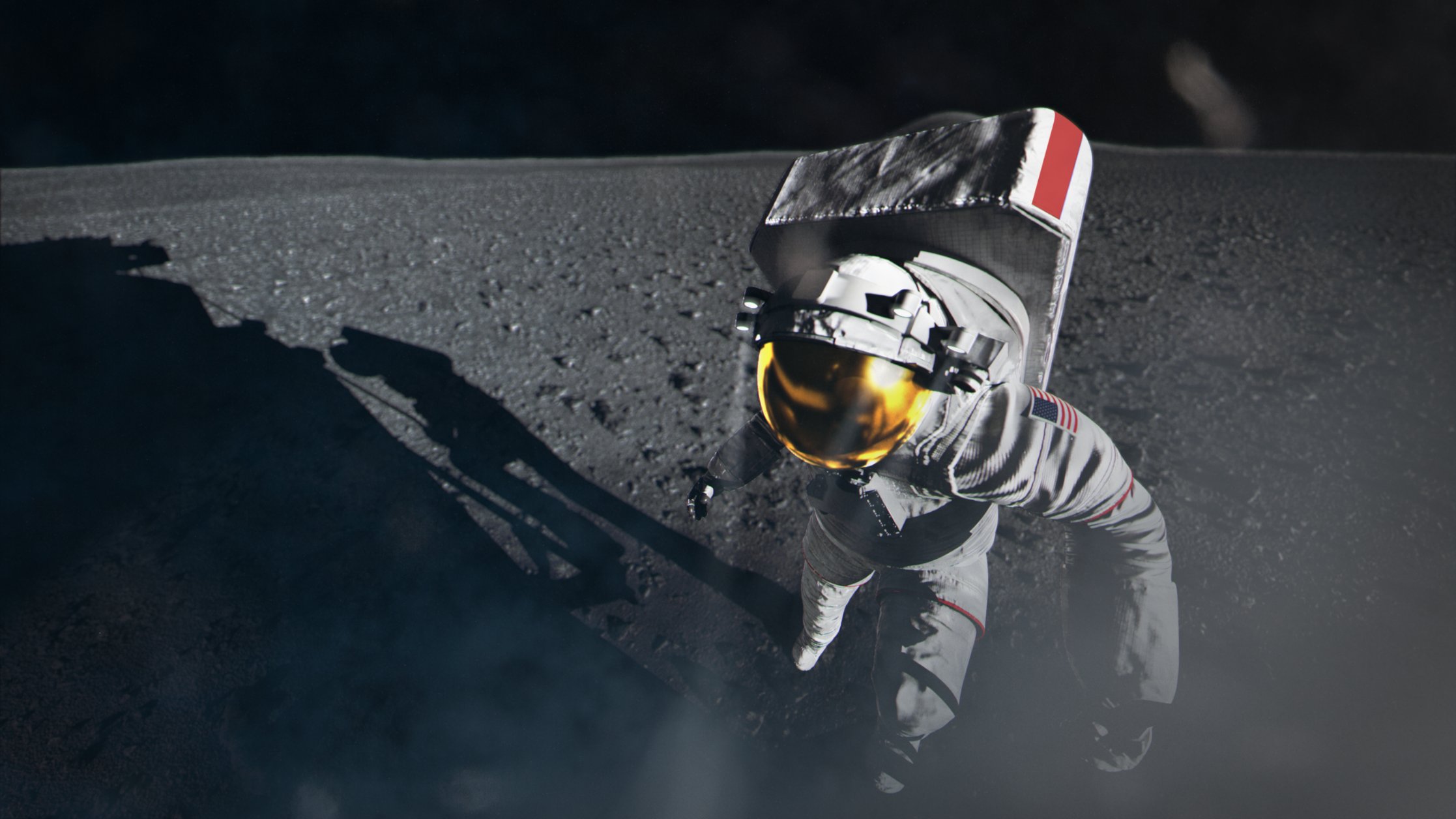NASA seeks proposals for astronaut Moon landers for future Artemis missions

- Country:
- United States
NASA is looking for companies interested in developing and demonstrating sustainable lunar landers for future Artemis missions to the Moon. Proposals from the industry are due November 15, 2022, the agency said on Saturday.
Under the Human Landing System (HLS) Sustaining Lunar Development solicitation, the agency is seeking proposals for the development and demonstration of a lunar lander for missions beyond Artemis III. Companies selected under the contract will be required to perform one uncrewed and one crewed lunar landing demonstration. The agency will certify any lander system to meet its requirements prior to the crewed demonstration mission(s).
Last year, NASA selected SpaceX to continue the development of the first commercial human lander that will safely carry the next two American astronauts to the lunar surface. The contract includes both an uncrewed and a crewed lunar landing demonstration that is part of the Artemis III mission.
NASA said that the concurrent sustaining lander development efforts will meet the agency's needs for recurring, long-term access to the lunar surface, such as the ability to dock with Lunar Gateway for crew transfer, accommodate an increased crew size, and deliver more mass to the surface.
"Work done under this solicitation, in addition to current lander development and studies taking place, will help build the foundation for long-term deep space exploration," said Lisa Watson-Morgan, program manager for the Human Landing System Program at NASA's Marshall Space Flight Center in Huntsville, Alabama.
Call for proposals: NASA is looking for companies interested in developing and demonstrating astronaut Moon landers for future #Artemis missions beyond Artemis III. https://t.co/h9pG9VzwCV pic.twitter.com/JC7mBMUBen
— NASA (@NASA) September 16, 2022
Meanwhile, NASA is gearing up for the Artemis I cryogenic demonstration test beginning at 7:15 a.m. EDT on Wednesday, September 21. The demonstration test will allow teams to confirm the repair to a hydrogen leak seen during an early September launch attempt. Live coverage of the test will air on NASA Television, the NASA app, and the agency's website.










